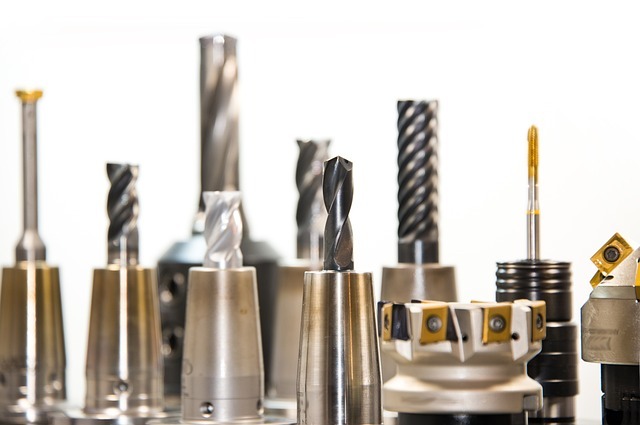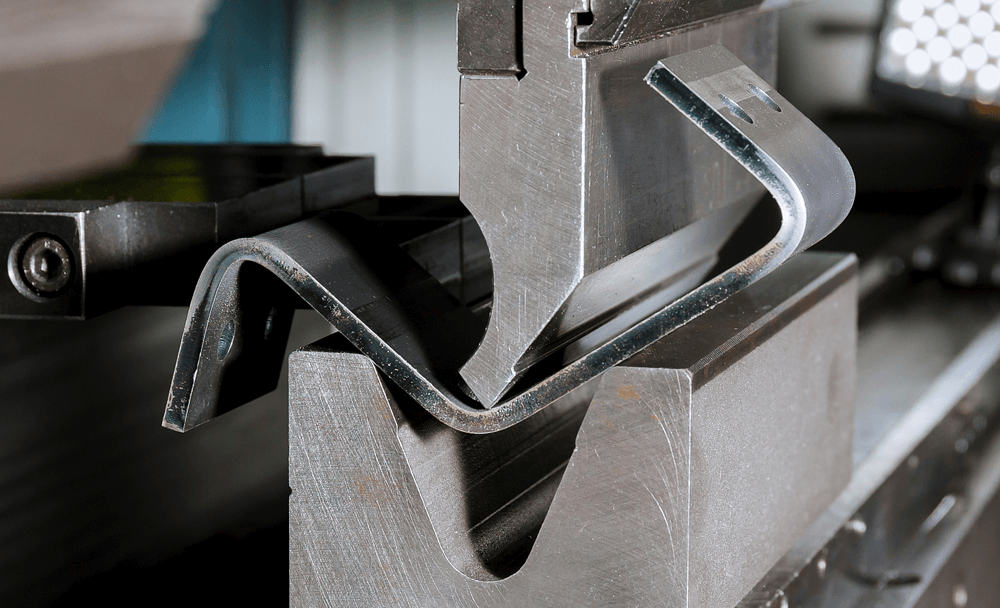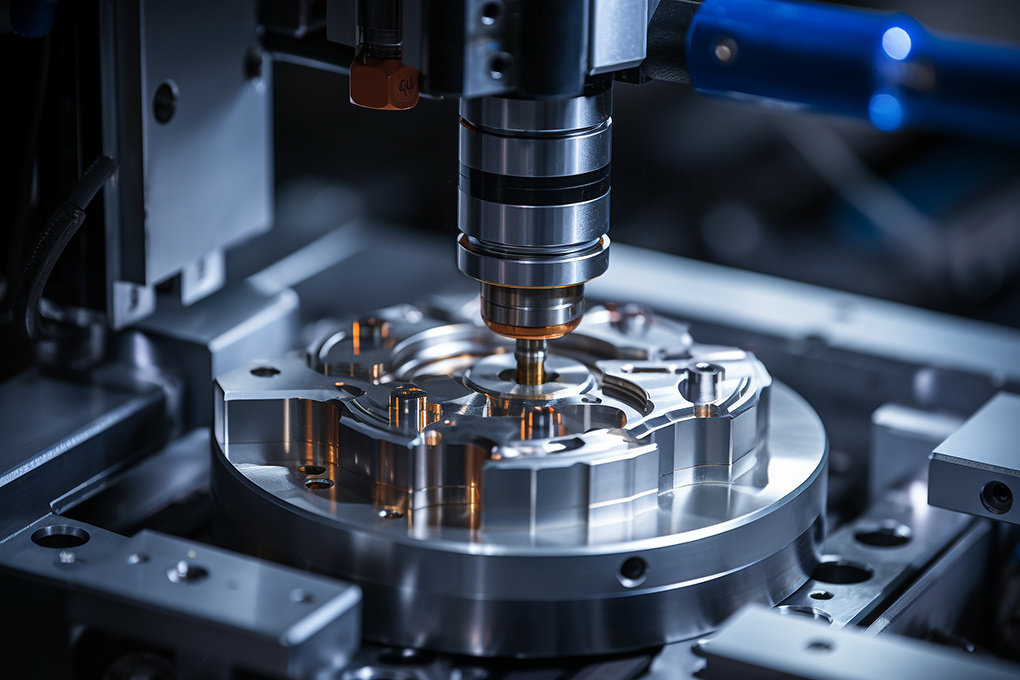Tool selection and application for CNC machining
Release time:
2024-10-11
The tools in CNC machining are like sharp tools in the hands of craftsmen. Suitable tools can greatly improve machining efficiency and quality. Different tool materials, geometric shapes and sizes are suitable for different machining tasks. Improper selection of tools may lead to problems such as low machining accuracy, poor surface roughness, and excessive tool wear, thereby increasing production costs and machining time.
Selection of tool materials
1. High-speed steel: It has high toughness and bending strength, and is suitable for machining materials with lower hardness, such as aluminum alloys and copper. However, its heat resistance is poor and the cutting speed is relatively low.
2. Cemented carbide: It is composed of high-hardness carbides and metal binders, with high hardness, high wear resistance and high heat resistance, and is suitable for machining materials of various hardness. According to different processing requirements, different grades of cemented carbide tools can be selected.
3. Ceramic tools: It has extremely high hardness and heat resistance, and is suitable for high-speed cutting of high-hardness materials. However, its toughness is poor, it is easy to break the edge, and it has high requirements for machine tools and fixtures.
4. Superhard tool materials: such as cubic boron nitride (CBN) and diamond, suitable for processing extremely hard materials such as hardened steel, ceramics, etc. But it is expensive and has a relatively narrow range of use.

Choice of tool geometry
1. Tip angle: The size of the tip angle affects the strength and cutting force of the tool. A larger tip angle is suitable for rough machining and can improve the strength of the tool; a smaller tip angle is suitable for fine machining, which can reduce the cutting force and improve the surface quality of the machined surface.
2. Blade inclination angle: The positive and negative of the blade inclination angle determines the flow direction of the chips and the cutting performance of the tool. A positive blade inclination angle is conducive to chip discharge and reduces the friction between the tool and the workpiece; a negative blade inclination angle can increase the strength of the tool and is suitable for intermittent cutting.
3. Rake angle and back angle: The size of the rake angle affects the cutting force and the sharpness of the cutting edge. A larger rake angle can reduce the cutting force and improve the cutting efficiency, but the tool strength will be reduced; the size of the back angle affects the friction between the tool and the workpiece and the life of the tool.
Choice of tool size
The tool size should be determined according to the size, shape and processing requirements of the workpiece to be machined. Generally speaking, a larger diameter tool should be selected for rough machining to improve machining efficiency; a smaller diameter tool should be selected for fine machining to ensure machining accuracy.
Application of tools
1. Milling: In milling, different types of milling cutters can be selected according to the material and machining requirements of the workpiece, such as end mills, face milling cutters, ball end milling cutters, etc. For plane machining, face milling cutters can be selected; for curved surface machining, ball end milling cutters can be selected.
2. Turning: Commonly used tools in turning include external turning tools, internal turning tools, and cutting tools. Factors such as the diameter, length, material, and machining accuracy of the workpiece should be considered when selecting tools.
3. Drilling: In drilling, a suitable drill bit should be selected according to the diameter and depth of the hole. For small hole machining, a twist drill can be selected; for large hole machining, a reamer or a boring tool can be selected.
Maintenance and care of tools
In order to extend the service life of the tool and improve machining efficiency, the tool must be properly maintained and maintained.
1. Storage of tools: Tools should be stored in a dry and clean environment to avoid contact with corrosive substances. Tools should be stored in categories for easy management and use.
2. Sharpening of tools: When the tool is worn to a certain extent, it should be sharpened in time. When sharpening, appropriate grinding wheels and sharpening parameters should be selected to ensure the geometric shape and dimensional accuracy of the tool.
3. Cooling and lubrication of tools: During the processing, appropriate cooling and lubrication methods should be used to reduce the temperature of the tool and reduce the wear of the tool.
In short, the selection and application of tools in CNC machining is a complex and important task. Correct selection and use of tools can improve processing quality and efficiency and reduce production costs. In actual production, the material, shape, size and processing requirements of the workpiece should be considered comprehensively, and the material, geometry and size of the tool should be considered to select the appropriate tool, and the correct maintenance and care should be carried out.
Key Words






